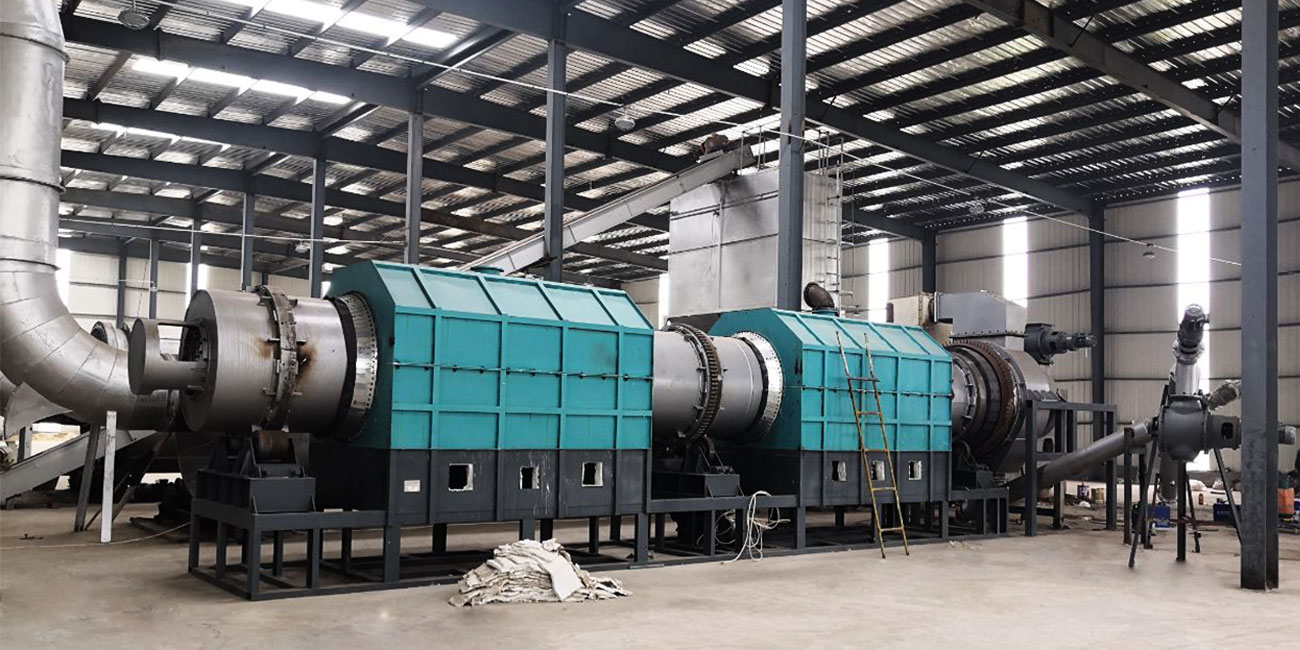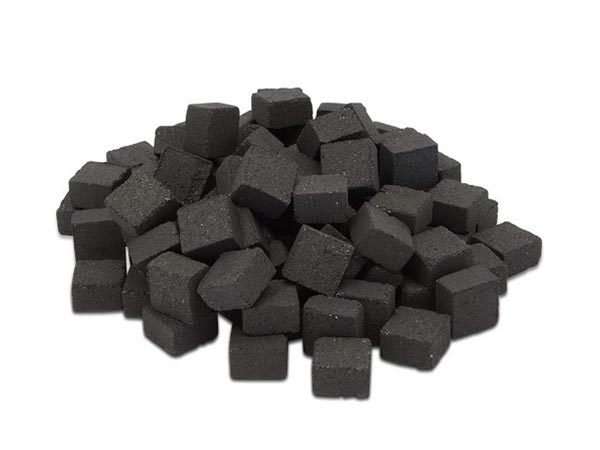There are many reasons that entrepreneurs are looking for the perfect investment. This can include disillusionment with a 9-5 job or the simple desire to be their own boss. Of course, many individuals and households are struggling with ever-increasing costs related to electricity and household consumables such as groceries. The attraction of running your own business that boasts an excellent return on investment should not be ignored. However, what sort of business would best suit the investment needs of the individual?
One investment that has been attracting a lot of attention is charcoal making machine. These machines do not take up an enormous amount of space, are simple to operate, and can provide an excellent return on investment.

The raw material used to make charcoal is also enormously varied. There is a ready supply of these materials in the form of wood chips, brush, sawdust, agricultural waste (such as bamboo and cane waste), and coal dust which is produced in abundance during the coal mining process. In Asian and African markets coconut husk represents a readily available source of raw material for the charcoal-making process. Asian charcoal makers also use rice husks as raw material, while African operations may use ground-nut (peanut) shells. Many modern biochar machine for sale can also handle sewage sludge as a raw material.
The ideal size of the raw material to be used in the charcoal-making process is between 15mm and 20mm. Often this will require the use of a crusher. The crusher will not be required should the raw material be sawdust, sludge, or coal dust (or similar). Check the biochar production equipment here.

The next step is carbonization. This is where the biomass is placed in an oxygen-free kiln.
Many charcoal machines are designed for the production of briquettes which have an enormous market. These briquettes can be for either home or industrial use. Industrial use includes agriculture, the building industry (to fire clay bricks), the production of ceramics, and steel and iron smelting industries.
The charcoal-making process also results in the production of several valuable byproducts. The first is Wood Vinegar which is combined with certain heavy metals to improve soil quality. It is also used to produce insecticides and fungicides. Tar is also used. Tar is an important product used in the bio-diesel smelting process and a variety of other engineering, and construction industries. Biogas is also produced. This can be employed for home or industrial use – and can also be used to power the charcoal-making process.
Given the abundance of both markets and raw materials investment in a charcoal-making machine is one that will pay off in the short, medium, and long term. See the Beston Company here.